Forget the clunky console and the suite of matching bath fixtures, the new wave in bath design breaks all the rules. Cobbled together from salvaged parts, antiques, DIY faucets, and industrial supplies, the deconstructed bath is about stripping the bath back to its bones. Here’s a look at 11 examples of the emerging trend.
Above: Architectural designer and builder Tom Givone designed the upstairs bath in the Floating Farmhouse with an 18th-century Italian marble sink mounted on angled supports.
Above: Designer Niki Turner created her bath from a freestanding sink mounted on a pair of vintage brackets, a claw-foot tub, and plumbing pipe taps. For more on the bath, see our post Steal This Look: A Vintage Bath in England with a DIY Faucet.
Above: The washbasin is one of the many DIY elements in the bathroom at photographer Ditte Isager’s Danish country house. For more, see Steal This Look: An Artful En Suite Bath in Copenhagen and Required Reading: The Inspired Home, Nests of Creatives.
Above: Another view of the Floating Farmhouse bath shows a 19th-century wood and zinc bathtub salvaged from a Lower East Side tenement encased in a stainless steel surround.
Above: Cassandra Ellis designed the bath of her London split-level apartment around the existing structural elements (the building is a Victorian school conversion). Ellis added a wall-mounted sink, a vintage toilet, and a bathtub with a backsplash made of handmade tiles from Marlborough.
Above: In Patrick Williams’ East London flat, salvaged materials and a German bucket sink were used to create the look. For more, see Bathroom of the Week: A Vintage-Inspired Bath in London (Made with Salvaged Materials).
Above: Designer Pietro Russo designed a cast concrete shower and sink and used industrial nozzles as a faucets; see Pietro Russo’s 538-Square-Foot Apartment in Milan, Glamour Included.
Above: In the Martin Margiela Paris apartment, the bathroom is created from deconstructed elements in classic Maison Margiela fashion: two wall-mounted sinks and taps, a collection of antique mirrors, and vintage vanity lights.
Above: Designer Michaela Scherrer replaced the original ornate French bathroom in her Pasadena house with a stripped down spa bath. She mixed her own paint, inset a small mirror into the wall, and added a Como resin sink and Vola faucet. For more, see our post World’s Tiniest Spa Bath: A Grecian-Inspired Guest Suite in LA.
Above: In the Paris apartment owned by fashion company Marie-Sixtine, the bath is made up of two oval mirrors, Alape bucket sinks, and DIY copper faucets. See more in Chez Marie Sixtine: The Chicest New Guest Pad in Paris.
Above: Designer Jamie Blake of Blakes London added a modern washbasin to a vintage wood basin stand in a Victorian house in London.
For a comprehensive list of our design trend predictions for 2017, see our post Looking Ahead: 17 Design Trends for 2017. For more in bathroom design, see our posts:
- 10 Easy Pieces: Traditional Pedestal Sinks
- Expert Advice: 10 Tips for Transforming a Rental Bath
- Trend Alert: 13 Sculptural Baths and Showers
- Trend Alert: 10 DIY Faucets Made from Plumbing Parts

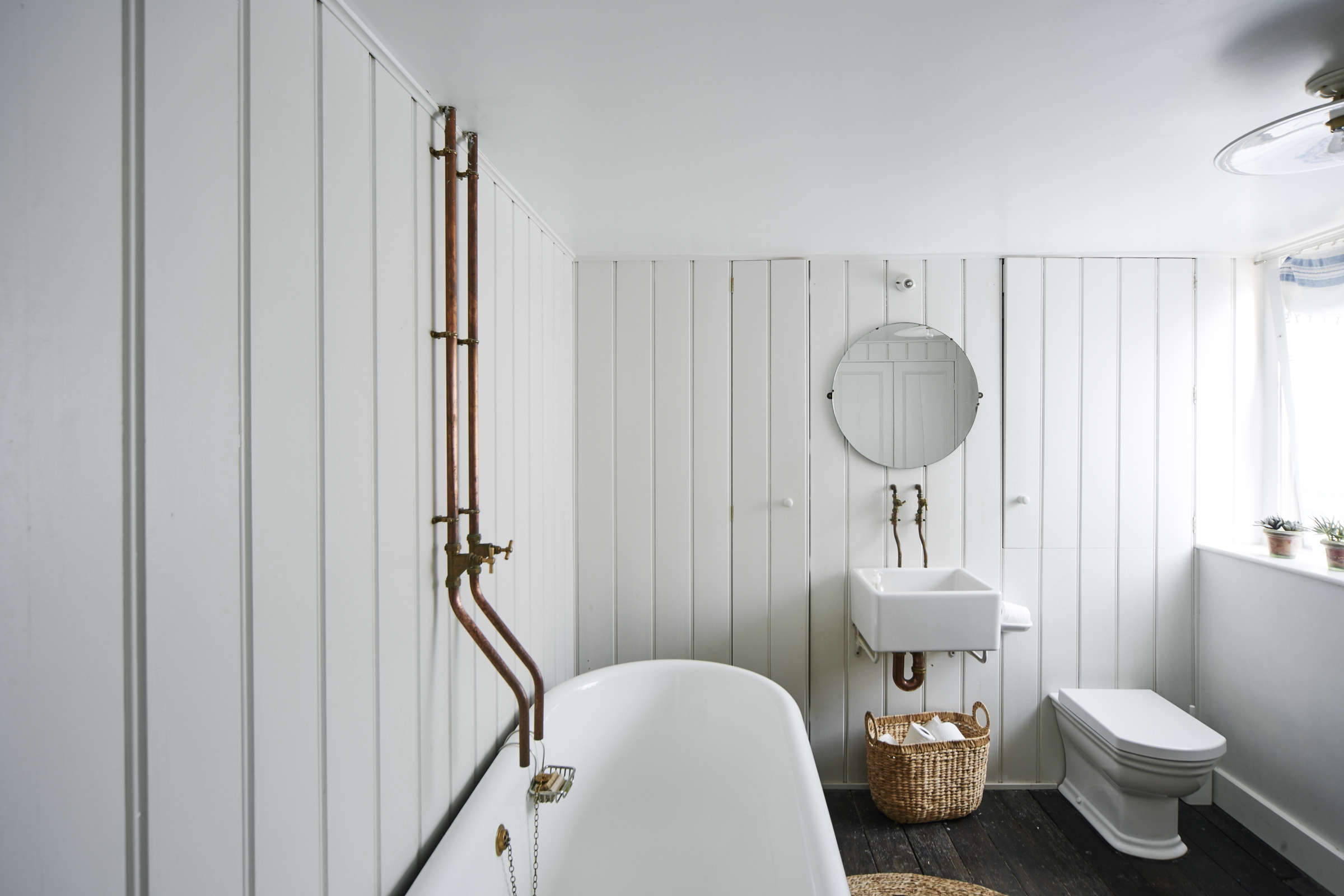
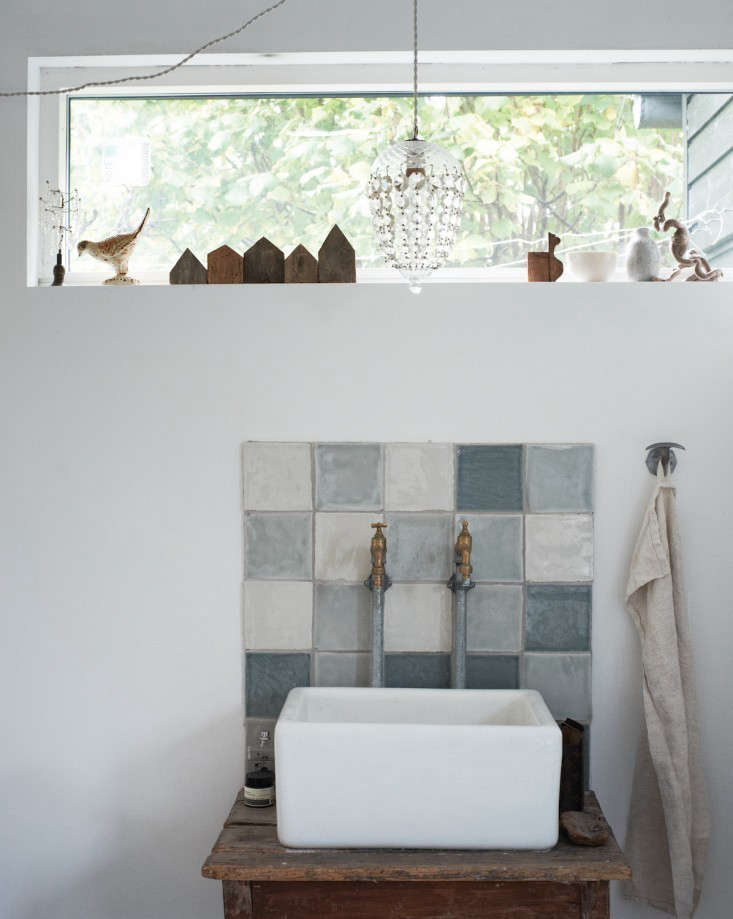


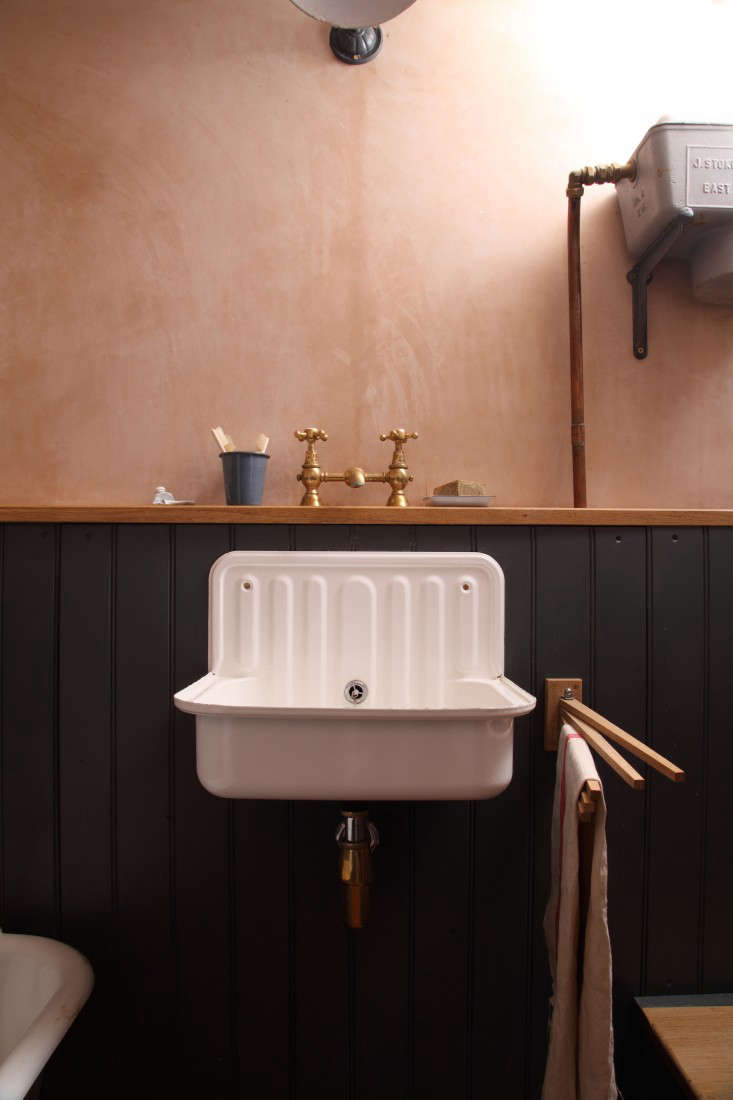

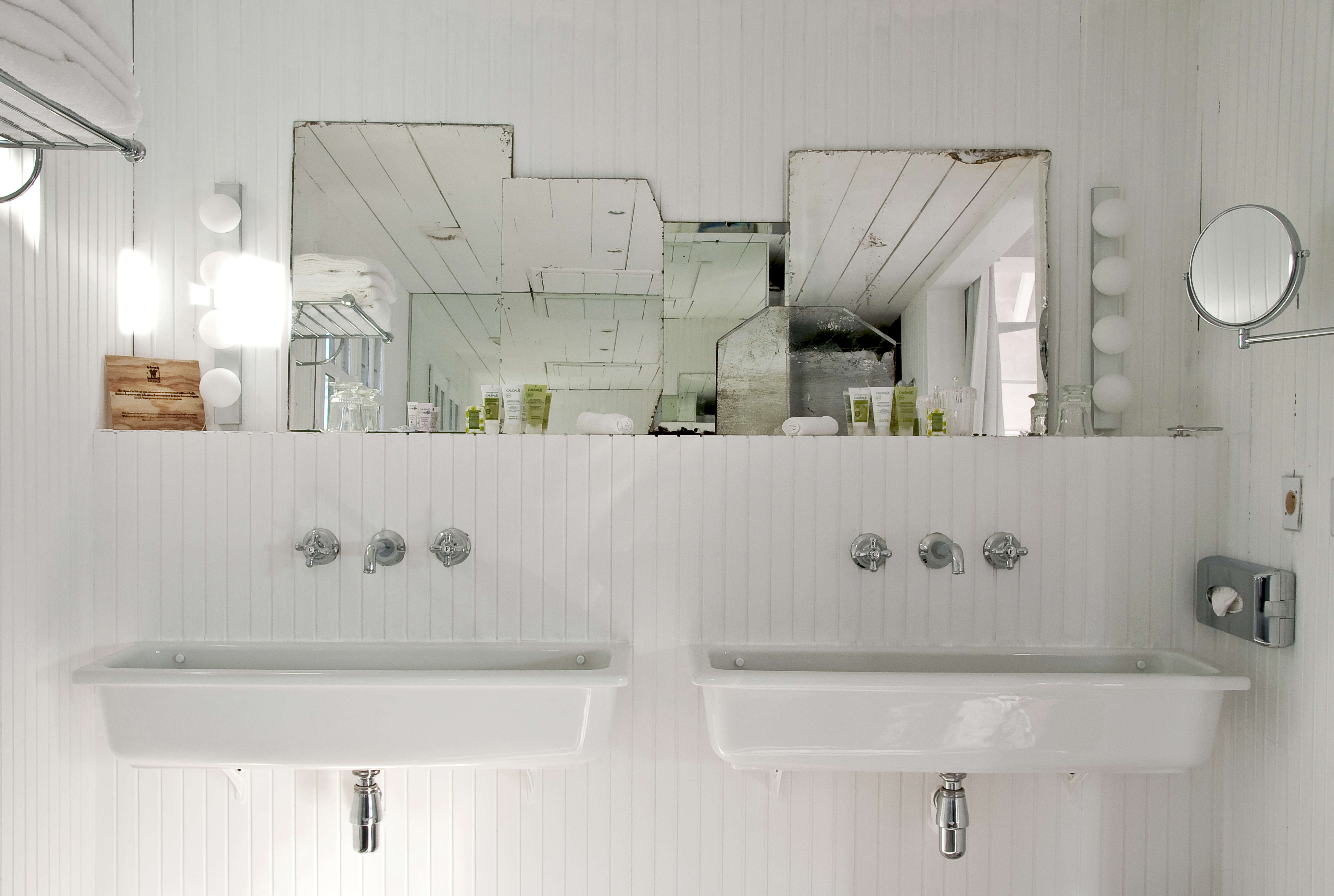

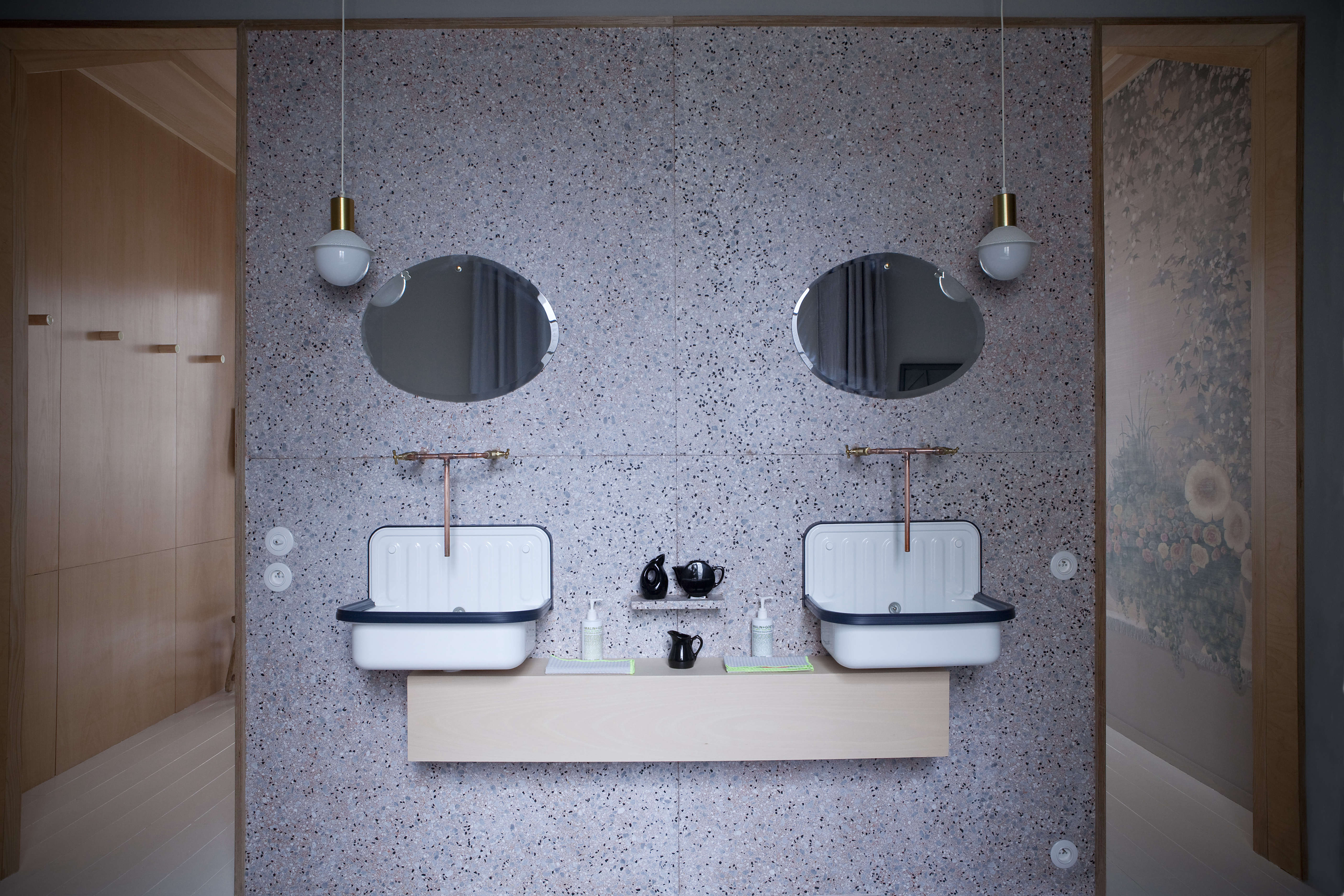

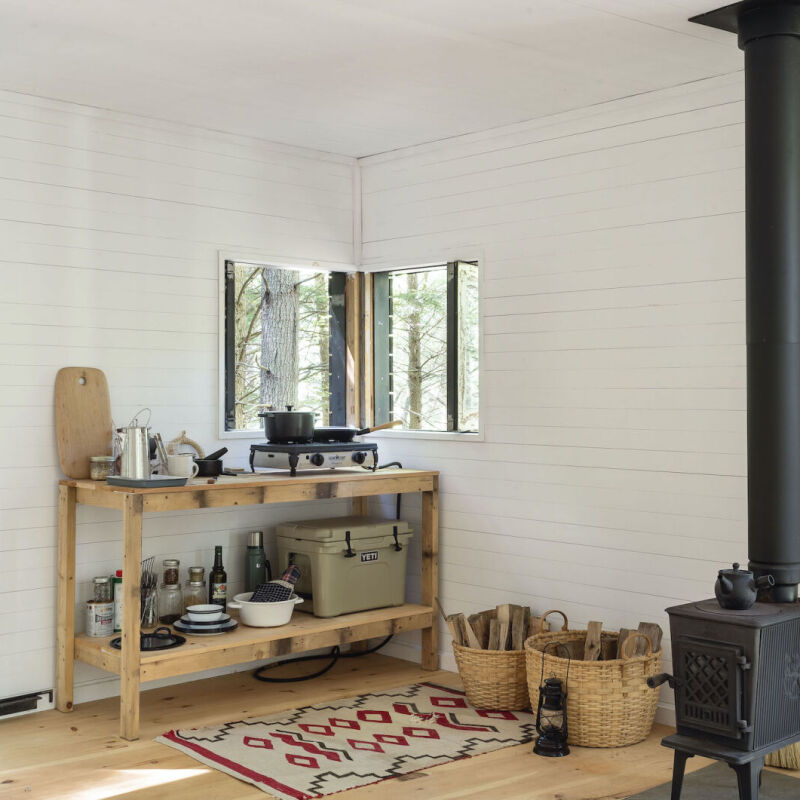

Have a Question or Comment About This Post?
Join the conversation (1)